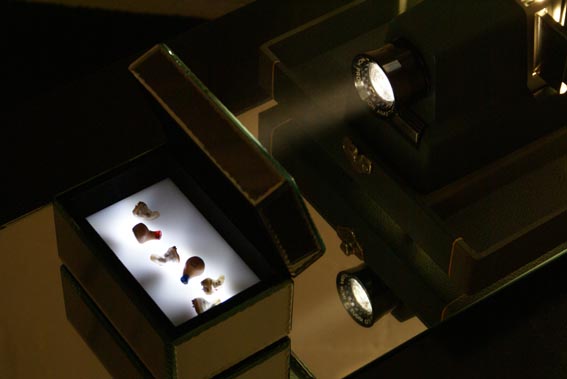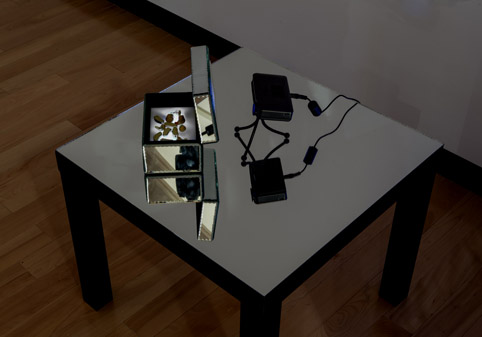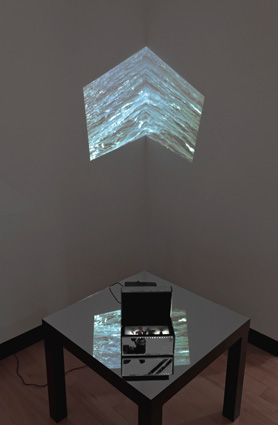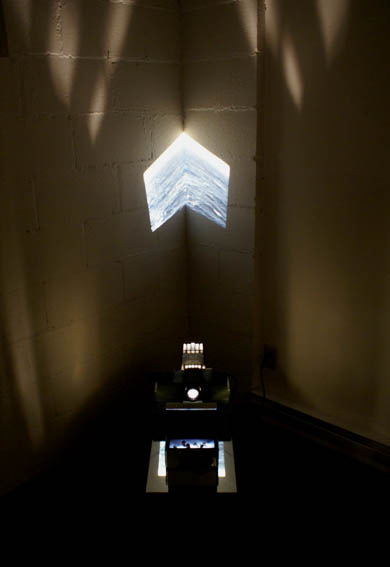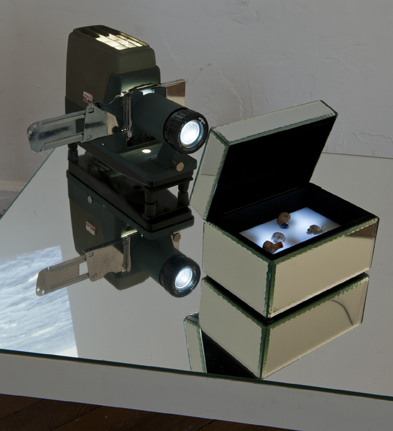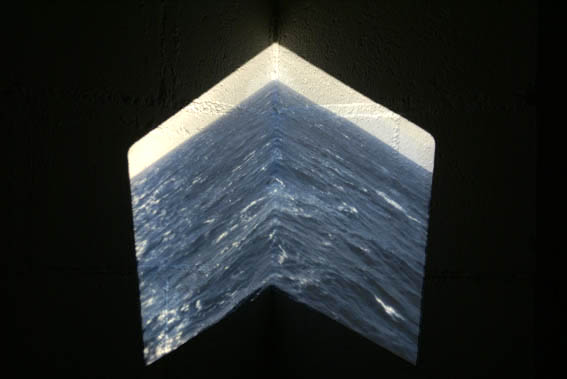
Changing the emphasis from hearing to loss in the original title of this piece results in an interesting shift from a medical or factual orientation to an emotional or philosophical one. Hearing loss is a routine, progressive physical disability; hearing loss is something altogether more nebulous and poetic.
My father died in 2006, leaving behind three pairs of hearing aids and a typically extensive supply of batteries. Hearing aids, like false teeth, are very personal objects which are not only used daily but are actually inserted into bodily orifices. One of the first things that struck me when I began to work with them is that they are made in the shape of my father’s ear canals, giving a positive shape to a negative, internal and intimate space that no longer exists. It was literally through these objects that he heard the world during the final years of his life.
